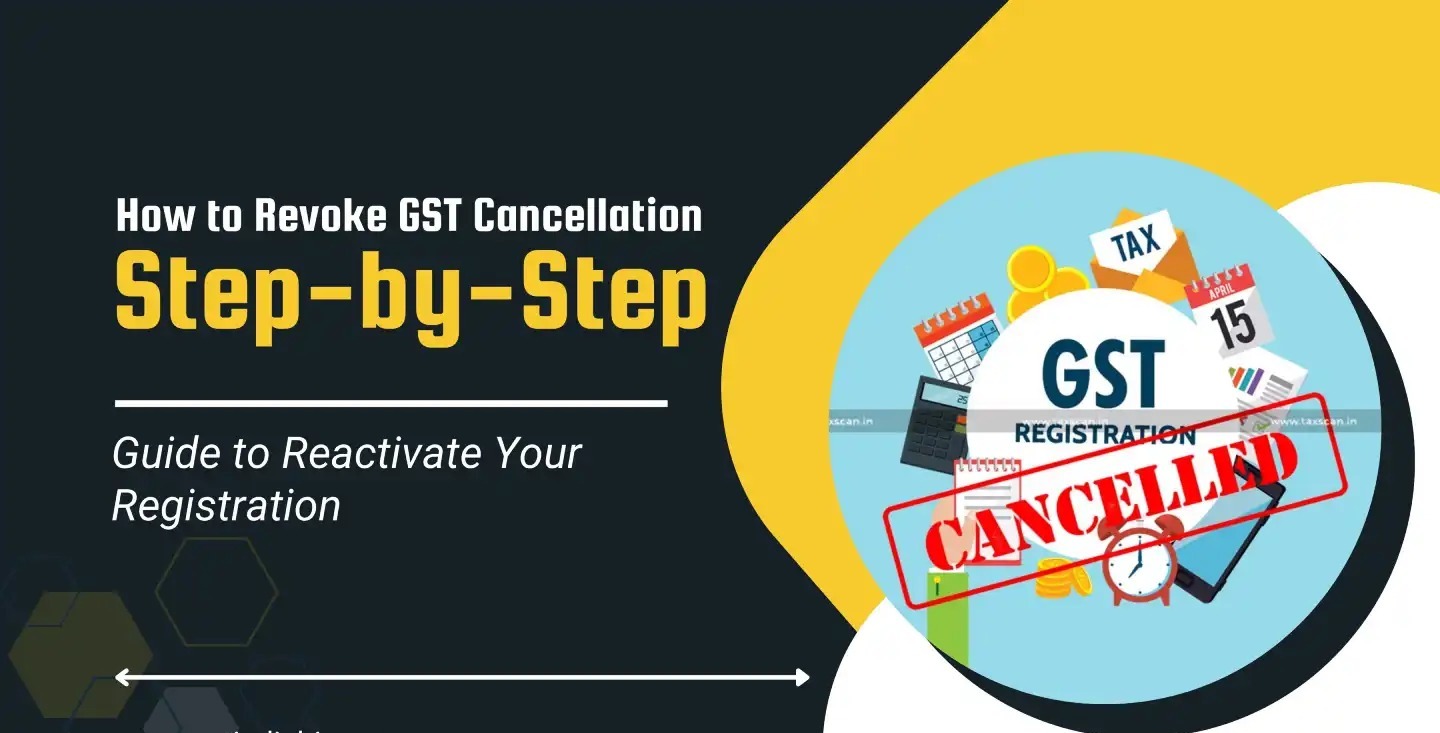@JUDGMENTTAG-ORDER
ALOK SINGH, J.@mdashRevisionist - Sahab Rajwinder Singh - has filed the present petition challenging the order dated 3.3.2011 passed by Sessions Judge, Jind, by virtue of which application u/s 319, Code of Criminal Procedure for summoning Tara and Harbhajan Kaur as additional accused, to face trial punishable under Sections 307/452/341, Indian Penal Code read with Section 25, Arms Act, was rejected.
2. The brief facts of the present case inter alia are that complainant/revisionist lodged a report with the police that on 5.3.2010 at about 9.30 a.m., his daughter Priyanka was studying in the outside bedroom, while his wife was sitting with him in the adjoining room; at that time Samandeep Singh, Gurmukh Singh and Tara Singh along with Harbhajan Kaur came to his house and Samandeep Singh had fired on his daughter with pistol. After receiving injuries his daughter Priyanka fell down on the bed and on her noise he and his wife came out of the room and on seeing them the accused ran away from the spot. According to the complainant, Samandeep had fired with an intention to kill his daughter. The motive behind the occurrence is refusal of his daughter to marry with Samandeep. The complainant took his daughter to the hospital. On the basis of this statement, case under Sections 307/452/341, Indian Penal Code read with Section 25, ArMs. Act was registered against the accused persons.
3. After the investigation, police has submitted challan against Samandeep and Gurmukh Singh accused, however, has not filed any challan against Tara Singh, grandfather and Harbhajan Kaur, mother of accused Samandeep. Injured Priyanka, daughter of the present revisionist, has appeared as PW-1 before the trial Court and has stated on oath as under:
On 05.03.2010 around 9.30 a.m. I was studying in my outer bed room in my house. My parents were chatting in a room in our house. Then Samnadeep came to my house followed by Gurmukh Singh his father, Tara Singh his grandfather and his mother Harbhajan Kaur. Gurmukh Singh, Tara Singh and Harbhajan Kaur said to Samandeep to fire. Thereupon Samandeep fired three shots upon me with the intention to murder me. I received firearm injuries on my left shoulder, right arm and on right side of the breast. Thereafter, on receipt of the injuries I cried and fell on the ground.
4. During the course of trial an application was moved by the prosecution for summoning Tara Singh and Harbhajan Kaur as additional accused, which was dismissed by the learned trial Court.
5. I have heard the learned Counsel for the revisionist Mr. John Kumar and Ms. Preeti Chaudhary, learned Assistant Advocate General, Haryana, and have gone through the record.
6. Learned Counsel for the revisionist has vehemently argued that Tara Singh and Harbhajan Kaur were specifically named in the FIR, but during the course of investigation police illegally found them innocent and as such for the reasons known to the police their names were put in Column No. 2 in the challan. He further argued that Priyanka, injured, while appearing in the witness box as PW-1 has specifically named these two accused persons, who were in the company of Samandeep Singh at the time of occurrence and as such they be summoned u/s 319, Code of Criminal Procedure to face trial along with other co-accused.
7. I have given my thoughtful consideration to the arguments raised by the learned Counsel for the revisionist but the same are liable to be noticed for the sake of rejection.
8. It is well-settled principle of law that powers u/s 319, Code of Criminal Procedure are extraordinary in nature and thus must be exercised very sparingly and not as a routine matter. There is No. dispute that a person can be summoned as an accused by the Court or on the application of the prosecution if Court finds complicity of the person, sought to be summoned, in the incident appears to be clear and Court opines prima facie that he has also committed alleged offence and deserves to be tried with other co-accused or Court finds that evidence available on record if stands unrebutted would lead to the conviction of the person sought to be summoned as additional accused.
9. My view stands fortified from the following dictums:
Hon''ble Apex Court in the matter of Ram Pal Singh and Ors. v. State of U.P. and another, reported in 2009 (2) RCR (Cri) 131: (AIR 2009 SC 1723), in paragraph Nos. 15 and 16 has observed as under:
15. The ingredients of Section 319 are unambiguous and indicate that where in the course of inquiry into, or trial of, an offence, it appears from the evidence that any person not being the accused has committed any offence, for which such person could be tried together with the accused, the Court may proceed against such person for the offence he has committed.
16. All that is required by the Court for invoking its powers u/s 319, Code of Criminal Procedure is to be satisfied that from the evidence adduced before it, a person against whom No. charge had been framed, but whose complicity appears to be clear, should be tried together with the accused. It is also clear that the discretion is left to the Court to take a decision on the matter.
Hon''ble Apex Court in the matter of Suman v. State of Rajasthan and another, reported in 2010 (1) CCC 269: (AIR 2010 SC 510) (SC), in paragraph No. 11 has held as under:
11. Section 319, Code of Criminal Procedure applies to all the Courts including the Sessions Court. It empowers the Court to add any person, not being the accused before it, but against whom there appears during trial sufficient evidence indicating his involvement in the offence, as an accused and direct him to be tried along with other accused. If such person is not attending the Court, he can be arrested or summoned. If he is attending the Court, although not under arrest or upon a summons, he can be detained by such Court for the purpose of inquiry into, or trial of the offence which he appears to have committed. Sub-section (4) lays down that where the Court proceeds against any person under Sub-section (1), the proceedings in respect of such person shall be commenced afresh and witnesses are reheard. A reading of the plain language of Sub-section (1) of Section 319, Code of Criminal Procedure makes it clear that a person not already an accused in a case can be proceeded against if in the course of any inquiry into or trial of an offence it appears from the evidence that such person has also committed any offence and deserves to be tried with other accused. There is nothing in the language of this Sub-section from which it can be inferred that a person who is named in the FIR or complaint but against whom charge-sheet is not filed by the police, cannot be proceeded against even though in the course of any inquiry into or trial of any offence the Court finds that such person has committed any offence for which he could be tried together with the other accused.
Hon''ble Apex Court in the matter of
17.....An order u/s 319 of the Code, therefore, should not be passed only because the first informant or one of the witnesses seeks to implicate other person(s). Sufficient and cogent reasons are required to be assigned by the court so as to satisfy the ingredients of the provisions. Mere ipse dixit would not serve the purpose. Such an evidence must be convincing one at least for the purpose of exercise of the extraordinary jurisdiction. For the aforementioned purpose, the courts are required to apply stringent tests; one of the tests being whether evidence on record is such which would reasonably lead to conviction of the person sought to be summoned.
Hon''ble Apex Court in the matter of
11. The basic requirement for invoking the above section is that it should appear to the Court from the evidence collected during trial or in the inquiry that some other person, who is not arraigned as an accused in that case, has committed an offence for which that person could be tried together with the accused already arraigned. It is not enough that the Court entertained some doubt, from the evidence, about the involvement of another person in the offence. In other words, the Court must have reasonable satisfaction from the evidence already collected regarding two aspects. First is that the other person has committed an offence. Second is that for such offence that other person could as well be tried along with the already arraigned accused.
12. But even then, what is conferred on the Court is only a discretion as could be discerned from the words "the Court may proceed against such person". The discretionary power so conferred should be exercised only to achieve criminal justice. It is not that the Court should turn against another person whenever it comes across evidence connecting that another person also with the offence. A judicial exercise is called for, keeping a conspectus of the case, including the stage at which the trial has proceeded already and the quantum of evidence collected till then, and also the amount of time which the Court had spent for collecting such evidence. It must be remembered that there is No. compelling duty on the Court to proceed against other persons.
10. This Court in the matter of Shivraj Singh v. State of Haryana and Ors., Cri. Revision No. 1551 of 2010, decided on 17.02.2011 having placed reliance on the various judgments of the Hon''ble Apex Court including the judgments cited hereinabove has held as under:
From the perusal of the judgments of the Apex Court (supra), it can safely be held that power u/s 319 of the Code can be exercised only when from the evidence available on the record involvement of the accused is found by the Court and evidence so led before the Court if stands unrebutted would result in the conviction of the accused sought to be summoned. However, mere suspicion about the involvement of the accused to be summoned from the evidence available on record would not justify the exercise of power u/s 319 of the Code. Power u/s 319 of the Code is the discretionary power and should be used very sparingly with great care and caution.
11. From the statement of injured Priyanka, it can safely be said that she has not attributed any specific role to Tara Singh grandfather and Harbhajan Kaur mother of accused Samandeep except that on the saying of his father Gurmukh Singh, grandfather Tara Singh, mother Harbhajan Kaur, Samandeep has fired on her. Tendency of the people to implicate all the family members cannot be ruled out. Flouting statement of the effect that persons sought to be summoned as additional accused asked main accused to fire at the injured, is not sufficient to invoke power u/s 319, Code of Criminal Procedure 12. In the opinion of the Court, statement of Priyanka injured does not inspire confidence that grandfather, father and mother would have asked Samandeep to fire at Priyanka. In the opinion of this Court, trial Court has not committed any illegality or jurisdictional error while rejecting the application.
13. Impugned order does not require any interference.
14. Dismissed.

